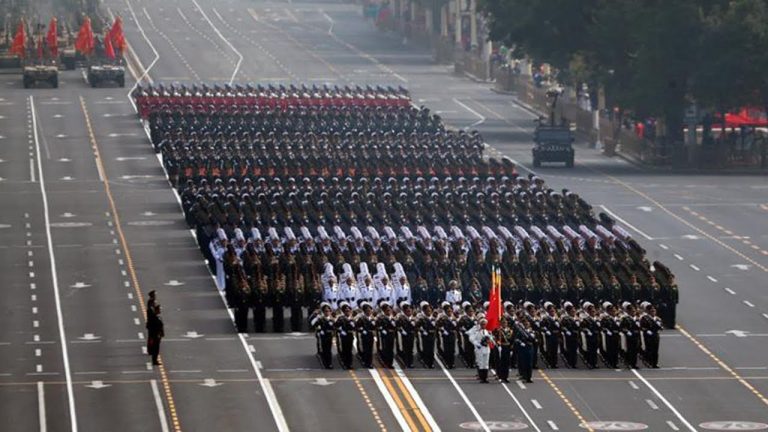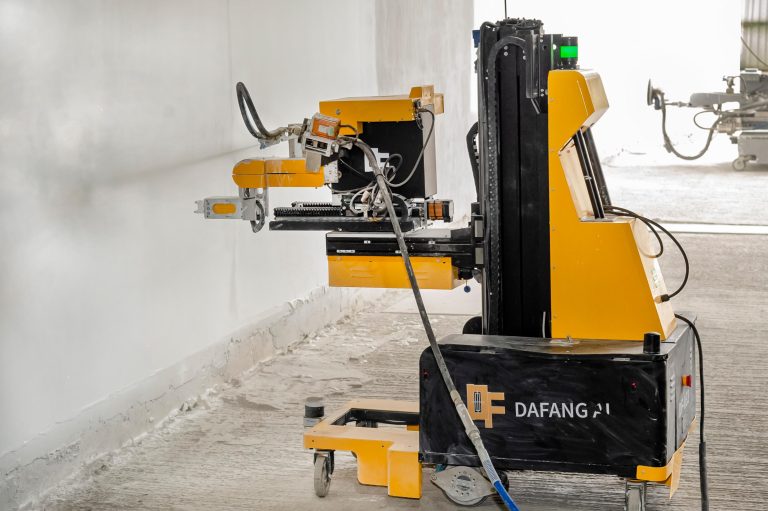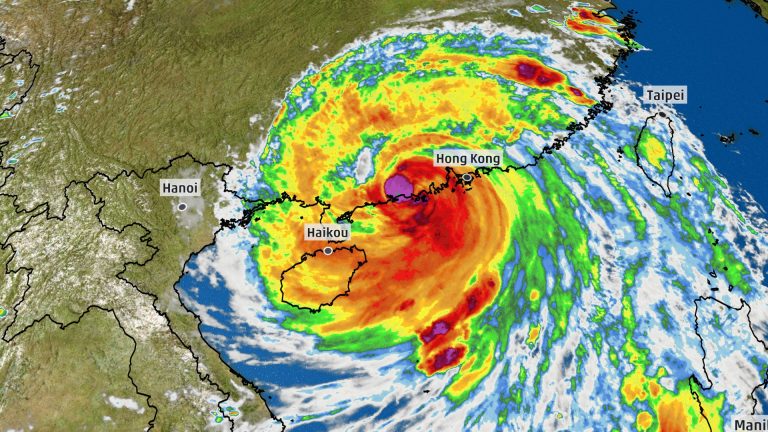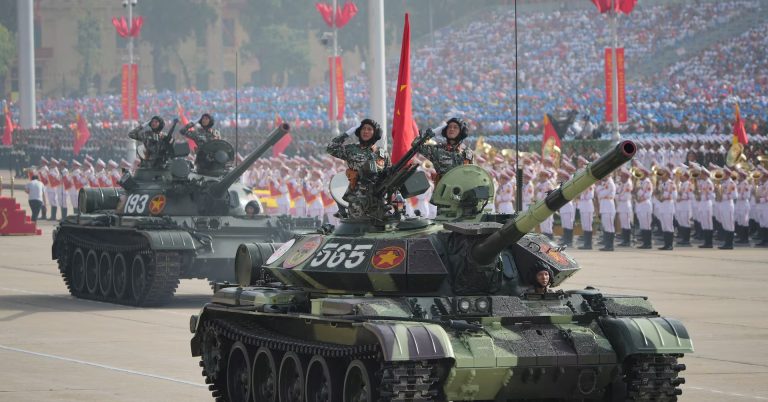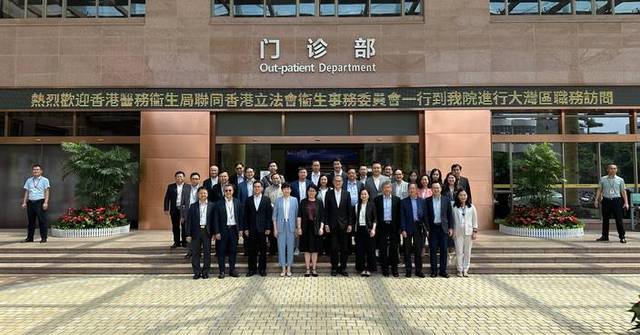Beijing Military Parade Showcases Nation’s Defense Capabilities and Historical Resilience
The recent military parade in Beijing commemorating the 80th anniversary of victory in the Chinese People’s War of Resistance Against Japanese Aggression and the World Anti-Fascist War emerged as a powerful demonstration of national strength, historical reflection, and diplomatic messaging. Led by Hong Kong Chief Executive John Lee Ka-chiu, a delegation of 360 members witnessed a 90-minute spectacle that went far beyond a traditional military display.

At the heart of the parade was a striking showcase of domestically manufactured military equipment, many items being unveiled to the global audience for the first time. This technological exhibition represented more than mere military hardware; it symbolized China’s evolving capabilities in safeguarding sovereignty, security, and development interests while simultaneously contributing to international peace efforts.
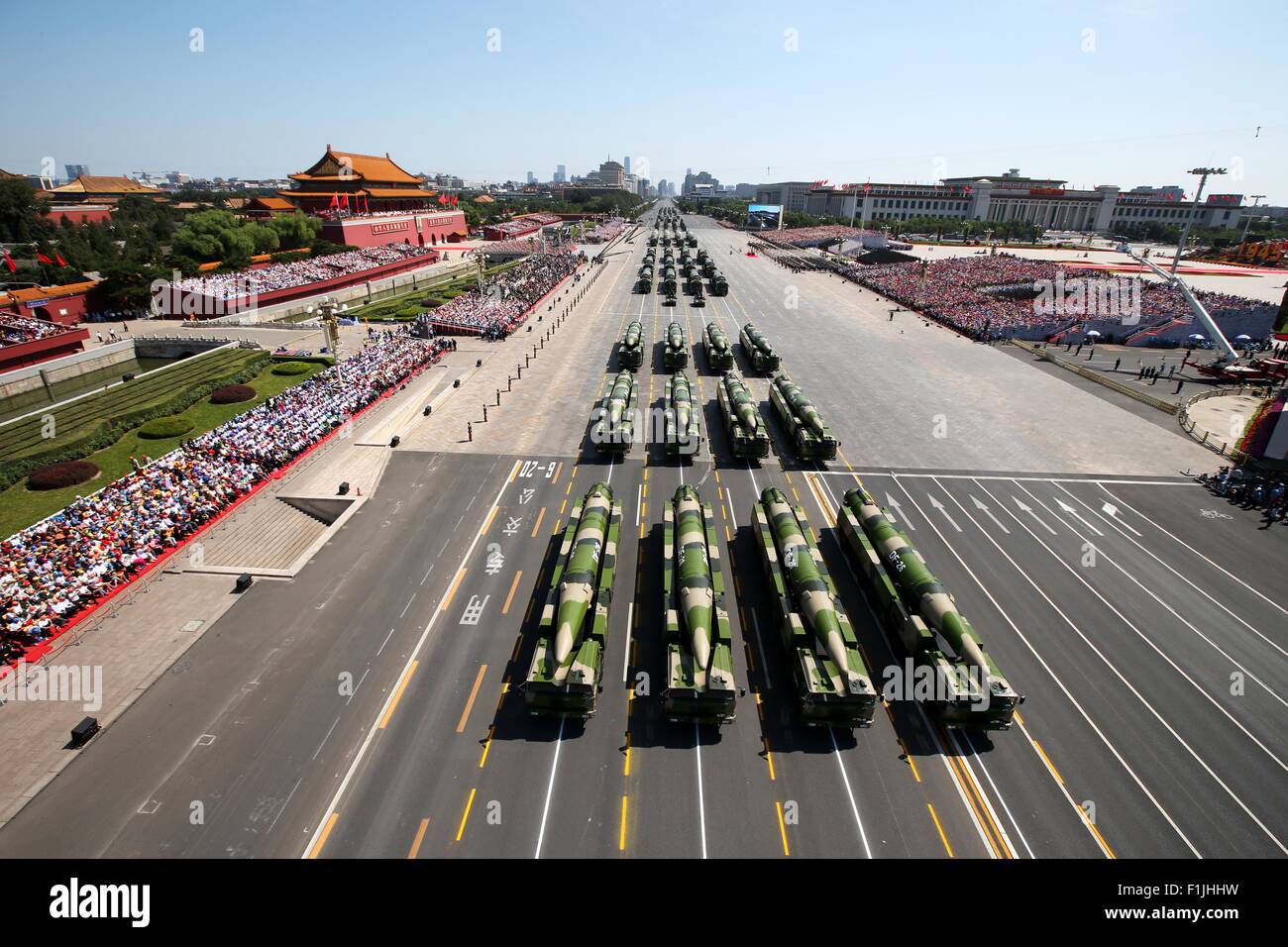
John Lee’s perspective highlighted the parade’s deeper significance. He viewed the event as a representation of China’s journey toward “Chinese modernization,” emphasizing how historical struggles translate into contemporary national development. The parade wasn’t just about military might, but about honoring past sacrifices and transforming historical challenges into future opportunities.
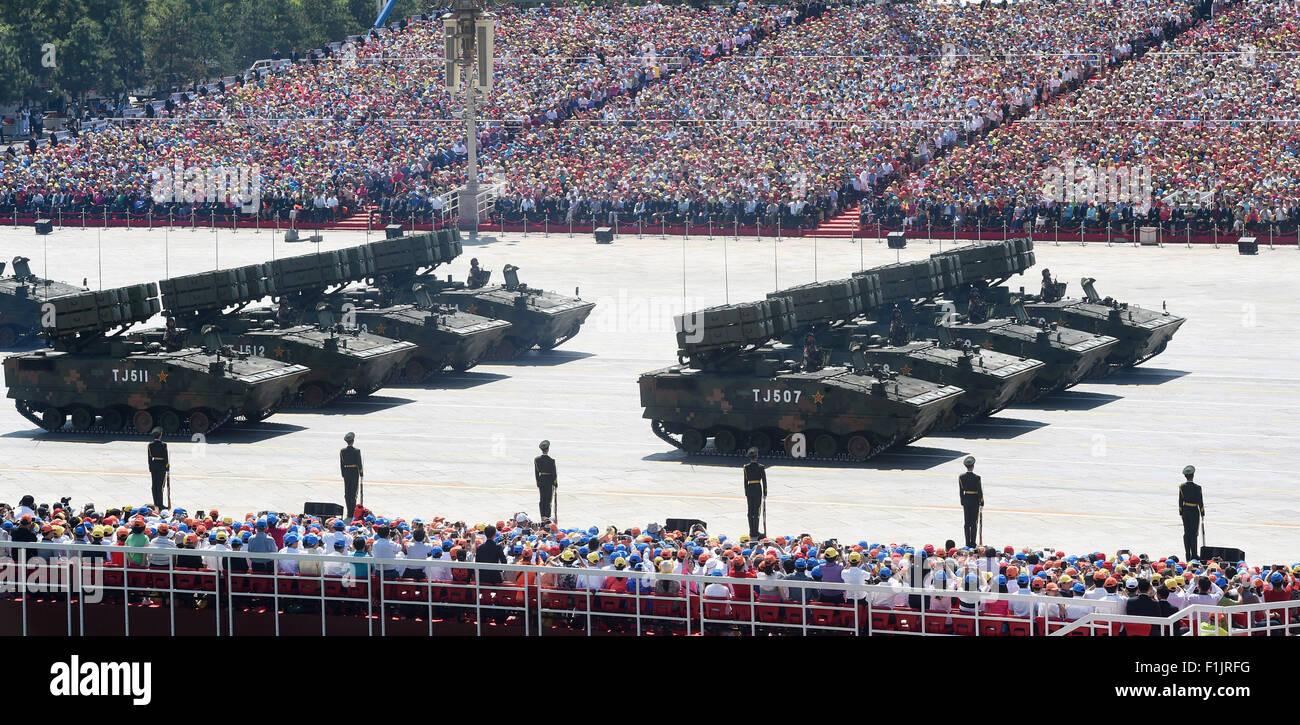
The event carried profound implications for national identity, particularly for Hong Kong. Lee stressed the importance of fostering patriotism and historical understanding among citizens. By encouraging people to comprehend their historical context and appreciate hard-won peace, the parade served as an educational moment that transcends military spectacle.

Deputy Chief Secretary Warner Cheuk Wing-hing provided additional context, describing the parade as a symbol of China’s commitment to responsible global citizenship. He emphasized the People’s Liberation Army’s new structural approach as a potential diplomatic tool, positioning military strength as a deterrent that could prevent conflicts rather than provoke them.

Notably, Cheuk’s commentary extended beyond national pride, calling for international restraint. In the current geopolitical climate, he urged nuclear-armed nations to exercise caution, highlighting the potential catastrophic consequences of escalating tensions. This perspective underscored the parade’s underlying message of peace and stability.
The delegation’s participation represented more than ceremonial attendance. It signified the central government’s robust support for Hong Kong, demonstrating a commitment to national unity and shared historical narrative. By bringing a substantial delegation, officials sought to strengthen connections between Hong Kong and mainland China’s broader national story.
What emerged from the parade was a nuanced narrative of national resilience. The event balanced military technological advancement with diplomatic messaging, historical remembrance with forward-looking vision. It wasn’t merely a display of military hardware, but a complex communication of China’s national identity, capabilities, and aspirations.
For Hong Kong citizens, the parade offered a moment of reflection and potential inspiration. Leaders like Lee encouraged viewing historical challenges as motivation for future development, transforming commemorative events into opportunities for collective growth and understanding.
As the 90-minute parade concluded, it left an indelible impression: China’s approach to national defense and international relations is multifaceted, combining technological innovation, historical awareness, and a commitment to peaceful development. The event stood as a testament to the nation’s journey, inviting both domestic and international audiences to understand its complex, evolving narrative.



